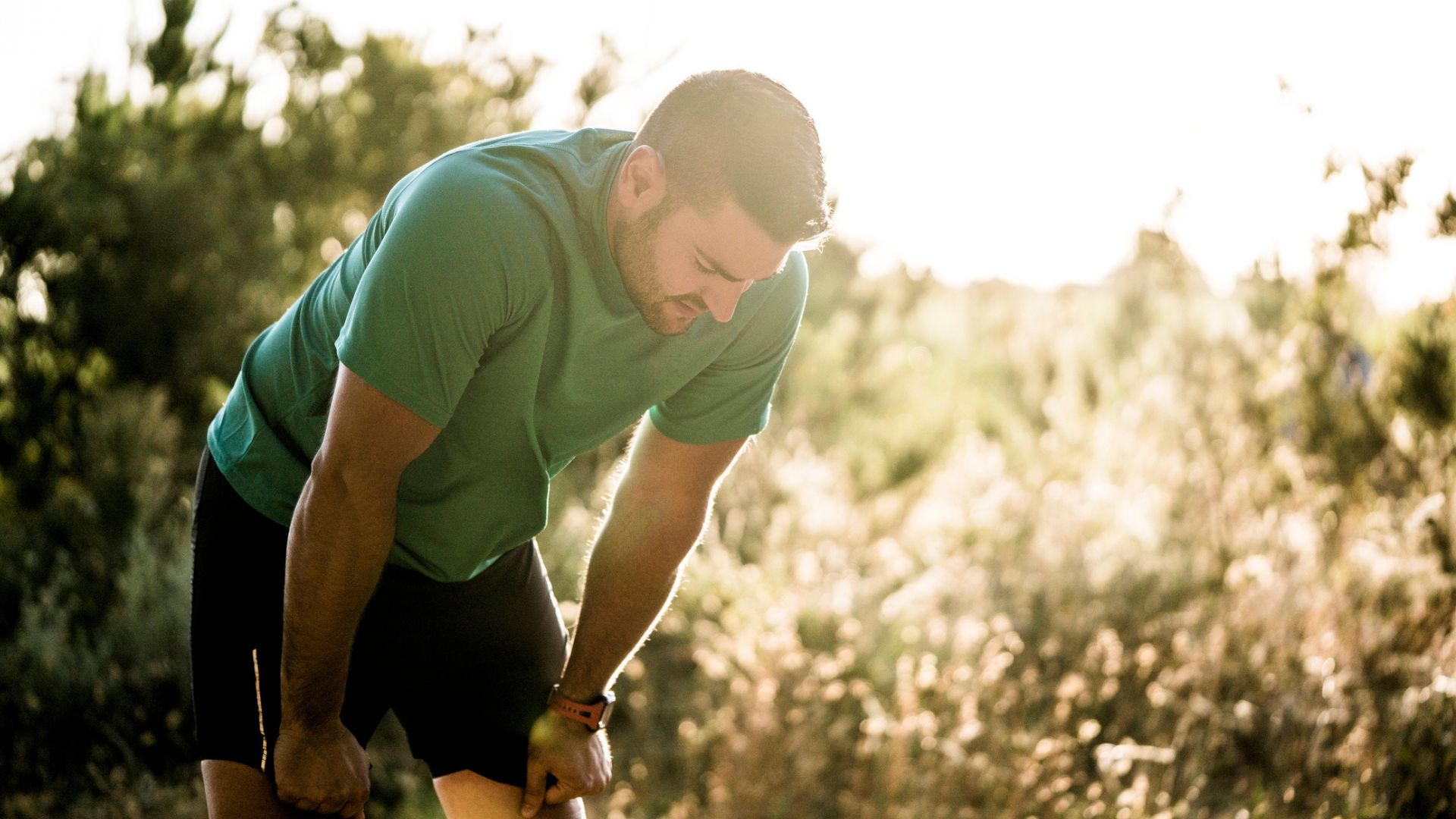6 running mistakes beginners should avoid, according to an expert
If you want to avoid injury and improve your performance


Looking to take up running? Good for you! Running is all the rage right now, thanks to the rise of endurance events, like HYROX, and the boom of run clubs. But, running is also good for us; it can help you live longer, boost your cardiovascular health and can burn a lot of calories.
We suspect you’ve already gone and ordered yourself a fresh pair of running shoes. After all, if you want to learn to run well, having a comfortable and supportive pair of trainers is the first step.
However, it’s also easy to pick up bad habits when starting out that can set you off on the wrong foot. Luckily, Fitness Coach, James Stirling, (more commonly known as The London Fitness Guy) has shared an Instagram post with some tips to keep your performance tip-top and help you avoid injury. These are the running mistakes you want to avoid so that every step you take is a success.
1. Going full steam too quickly

You may be eager to set yourself a big 10K goal for your first run, but hold back running too far too soon. While we admire the ambition, it’s also best to keep things realistic. “If you introduce high-mileage days before your body is ready, the excess stress puts your body at an increased risk of injury,” James says on his Instagram post. This is where jeffing— the walk-run technique— is particularly effective for beginners, as it breaks up distances and helps to reduce fatigue.
2. Avoiding strength training
Skipping strength training is a rookie error for runners, just like when weightlifters don’t do any cardio. Strength training can improve running economy, as studies have shown. “The more economical you can be when running, the faster you will be,” says James. Not sure where to start? Check out these 7 strength exercises from former sprint champ.
3. Not implementing recovery

Prioritising recovery is important for any runner, but when you’re starting out it’s absolutely essential. Don’t get caught in the trap of thinking “if I run more, I’ll become a better runner”. Recovery is where your body will repair damaged muscle tissue and your hormone levels will reset, so if you don’t prioritise it, you’ll be doing your body a massive disservice. James advises to allow one rest day between hard sessions, and two to three runs a week is more than enough when starting out.
4. Skipping warm-ups
This wasn’t actually included in James’ top tips, but we couldn’t not include it as it is so important. A warm-up preps your muscles and joints for your run and gradually raises your heart rate, to improve your performance and help you avoid injury. This is backed up by a study that revealed that those who warmed up before hitting the treadmill could run harder and further than those who didn’t stretch at all. Here’s a simple five-move warm-up routine that includes lots of dynamic movements to keep you in check.
Get all the latest news, reviews, deals and buying guides on gorgeous tech, home and active products from the T3 experts
5. Not switching up your runs
Don’t stress about this too much at the start— the most important thing is to get out there and moving first— but, if you want to improve your runs you can’t just keep doing steady five kilometres. “The runs that create the biggest physiological change are steady state runs, tempo runs and intervals,” writes James. A well-designed running program should integrate these elements throughout.
6. Not prioritising ‘easy weeks’

James refers to these as ‘down weeks’, in the world of lifting weights they’re what’s known as a ‘deload week’ and, again, they’re an important part of helping your body recover. These aren’t where you rest for a week but, instead, reduce the volume of your training to help your body reset. James says he schedules a down week every four weeks.

Bryony’s T3’s official ‘gym-bunny’ and Active Staff Writer, covering all things fitness. She is a certified personal trainer and also a part-time fitness instructor. In her spare time, you will find her in her natural habitat - the gym - where her style of training is a hybrid of bodybuilding and powerlifting. Bryony loves writing about accessible workouts, nutrition and testing innovative fitness products that help you reach your fitness goals and take your training to the next level.